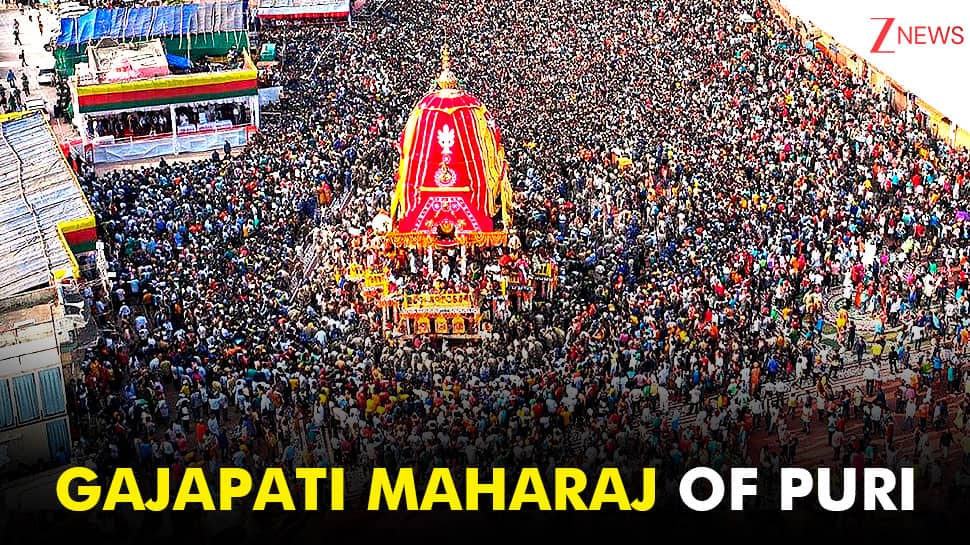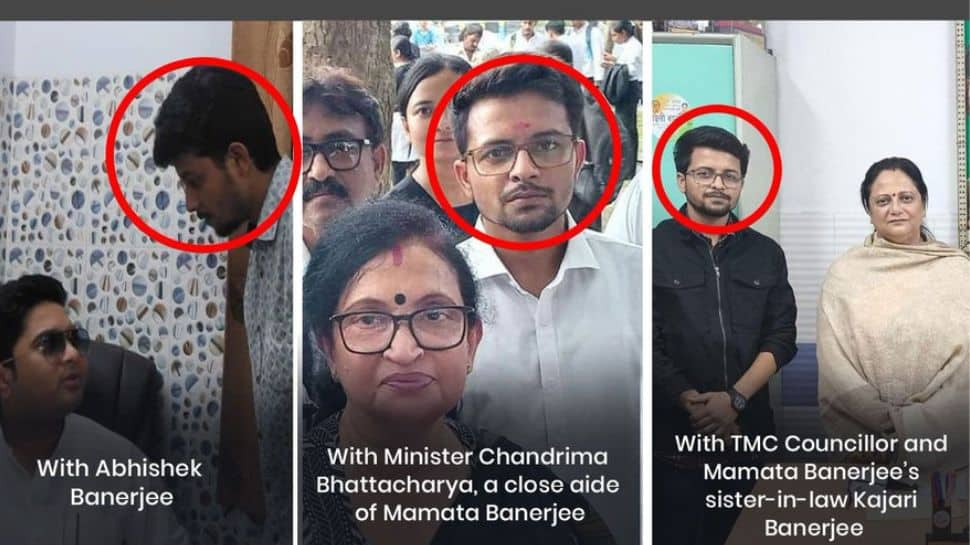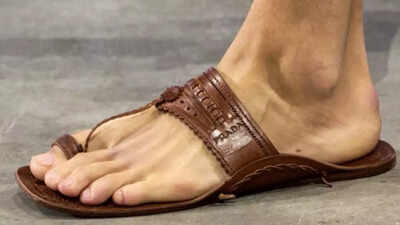Gajapati Maharaj Of Puri: Unveiling The Ancient History Of The King Who Sweeps Lord Jagannath’s Rath Yatra | India News

With the world-famous Jagannath Rath Yatra beginning today in Puri, Odisha, everyone’s attention is focussed on the ritualistic ‘Chera Pahara’ ceremony when the Gajapati Maharaja of Puri, dressed in simple robes, sweeps the chariots and the path there with a broom fitted with a golden handle. The age-old tradition, the nucleus of the nine-day spiritual fiesta, signifies humility before God, when nobody is king and nobody is common.
The ‘Chera Pahara’ ceremony is of deep spiritual importance. Gold, a worshiped metal and an epitome of Lakshmi, and the broom, a symbol of the goddess of prosperity, are collectively symbols of positive energy. The act of sweeping not only clears the path but also sweeps away evil, allowing for a propitious and positive welcome to Lord Jagannath, Lord Balabhadra, and Devi Subhadra. Mantras are recited during this cleansing ritual, stressing that there should be nothing missing in the preparation of the magnificent welcome to the deities. This practice has been religiously continued by the hereditary monarchs of Puri for generations.
The Illustrious History Of Puri’s Gajapati Maharaj
The incumbent titular King of Puri, Gajapati Maharaja Dibyasingha Deb, is regarded as the first and highest servitor of Lord Jagannath. He is respected by most devotees as the very embodiment of Lord Jagannath’s directives while alive. He is now the traditional head of the temple managing committee.
Fourth of his name Gajapati Maharaja Dibyasingha Deb is the reigning chief of the Bhoi Dynasty. This dynasty claims descent from the hereditary kings of the ancient Trikalinga kingdom (Kalinga, Utkal, South Kosala), a kingdom historically known for the Kalinga War of Emperor Ashoka. Dibyasingha Deb became king at age 17 in 1970 upon the death of his father, Gajapati Maharaja Birakishore Deb.
Origin Of The ‘Gajapati’ Title
The designation ‘Gajapati,’ or ‘Lord of Elephants,’ is deep-rooted in history with the Shri Jagannath Temple, traced back to the 12th century. It began with the Eastern Ganga Dynasty rulers, who ruled over the “Utkal” state (present-day Odisha). These rulers were the most important in the maintenance of the Jagannath Temple and acknowledged Lord Jagannath as the supreme deity and guardian of the state.
One of the notable Eastern Ganga rulers was Anantavarman Vajrahasta V (1038–1078 CE), who employed titles such as ‘Kalingadhipati’ (Lord of Kalinga) and ‘Sakalakalingadhipati’ (Lord of All Kalingas).
The office of the ‘Gajapati’ was officially instituted by Anangabhima Deva III (1211–1238 CE), an Eastern Ganga monarch, who entrenched Lord Jagannath as the guardian deity of the state. The first ruler in the dynasty to clearly employ the ‘Gajapati’ title within an inscription (Kapilash Temple, 1246 CE) among the rulers of Odisha was also from the same dynasty. They felt like humble servants of Lord Jagannath, running the state under divine auspices.
The last Eastern Ganga Dynasty ruler was Bhanu Deva IV, who ruled up to 1434 CE.
Rise And Revival Of The Bhoi Dynasty
After an era of instability followed by the reign of the Suryavamsa Dynasty (1541 CE onwards), the Bhoi Dynasty arose. It was established by Govinda Vidyadhara in 1541 CE. A previous Prime Minister to the previous Gajapati King Prataparudra Deva, Govinda Vidyadhara seized power in the midst of political upheavals following Prataparudra Deva’s demise in 1540. In spite of being Brahmin by birth, his administrative skills and military leadership quickly made him a dominant ruler, although his rule only lasted six years.
The dynasty experienced a decline with his successors failing to ensure stability against the residual influence of the previous Gajapati dynasty and invasions of Muslim intruders and Afghan armies from Bengal by the late 16th century. The initial Bhoi Dynasty thus fell about 1560 CE.
The text, however, picks up with the Bhoi Dynasty undergoing an amazing revival. Gajapati Ramachandra Deva I (1568–1607), or Abhinava Indradyumna, established the Neo-Bhoi Dynasty (or Khurda Bhoi Dynasty) in Khurda. He famously forged a treaty with the Mughal Emperor Akbar, which resulted in him being acknowledged as ‘Gajapati’.
The influence was re-established by Ramachandra Deva I, placing the basis of his rule on religious and cultural conventions, in particular on the ‘Purushottam Kshetra’ (Puri). He proclaimed himself a “subordinate servitor of Lord Jagannath” and assumed the administration of the Puri Jagannath Temple. He was also a scholar and poet in Sanskrit, to whom the play “Shri Krishnabhaktavachchhalya Charitam” is attributed. Significantly, he checked the rampage of the infamous conqueror Kalapahad outside Puri and rebuilt Hindu temples that had been destroyed by the invasion, to the extent that he became known as “Thakur Raja.” His complete royal name was “Vira Shri Gajapati Viradhi Viravara Pratapi Ramachandra Deva.”
Since the late 16th century until today, the successors of the Bhoi Dynasty have remained as prominent as the Gajapati Maharaj of Puri.
The Lasting Impact Of Puri’s Gajapati Maharaj
Even as their political influence lessened, especially after the British founded the Puri Estate in 1809, the Gajapati Maharaja of Puri held enormous religious and cultural importance. The British legally acknowledged their status when they ruled, upholding their spiritual authority while their political influence faded away.
The Gajapati Maharaj is still the chief religious representative of Puri, who is formally known as “Shri Shri Shri Gajapati Maharaja.” They embody the rich Odia culture closely linked with Lord Jagannath, embracing a tradition of religious tolerance by incorporating Shaiva, Vaishnava, and Shakta practices, thereby preserving local traditions. Their pivotal position in grand festivals such as the Rath Yatra continues to serve as a unifying cultural and religious symbol for Odishans.




